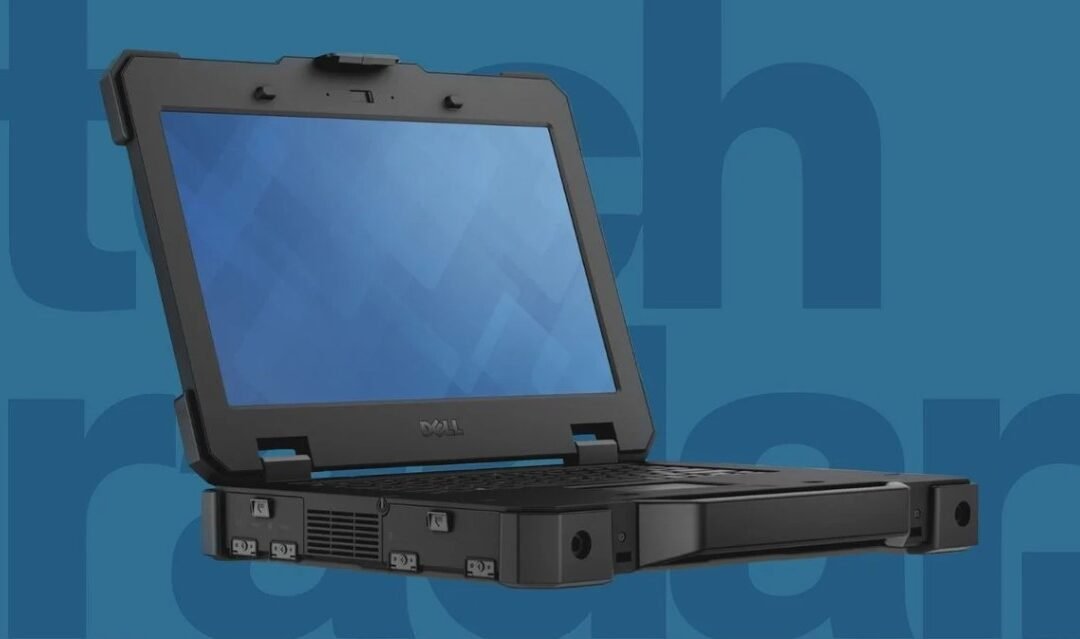When selecting an embedded computer for industrial or rugged applications, understanding the distinctions between industrial-grade and rugged industrial systems is essential. While both types serve critical roles, their design and durability differ significantly to suit unique operational demands.
Understanding the Difference
Not all industrial computers are rugged, but all rugged computers are industrial. The difference comes down to design specifications that allow rugged computers to thrive in the harshest environments.
Industrial Embedded Computers
Ideal for controlled environments, industrial computers are designed to integrate seamlessly into existing systems, such as manufacturing facilities or climate-controlled warehouses. They offer reliability in standard industrial settings but lack the durability for extreme conditions.
Rugged Embedded Computers
Built for the toughest environments, rugged computers handle extreme temperatures, vibrations, shocks, and exposure to dust or moisture. They’re commonly used in military, outdoor, and in-vehicle applications, where reliability under challenging conditions is non-negotiable.
Key Factors to Consider When Choosing Between Industrial and Rugged Systems
Robustness
Industrial Systems: Provide reliability within controlled, predictable environments.
Rugged Systems: Feature advanced durability, from reinforced casings to shock-resistant designs, ensuring continuous operation in demanding environments.
Connectivity
Both Systems: Offer varied connectivity options, including Ethernet, Wi-Fi, and specialized ports.
Rugged Advantage: Often come with sealed connectors and robust network options to maintain connectivity despite vibrations or exposure to elements.
Power Requirements
Industrial Systems: Generally focus on energy efficiency and basic processing.
Rugged Systems: Typically offer more robust processing capabilities to handle resource-intensive applications in challenging environments.
Cost Considerations
Industrial Systems: Lower upfront costs make them suitable for standard applications.
Rugged Systems: Higher initial investment but prove cost-effective long-term due to minimal downtime and extended lifespans.
Deployment Objectives
Controlled Settings: For stable indoor environments, industrial computers provide cost-effective solutions.
Extreme Environments: Rugged computers are essential for outdoor or mobile applications, where environmental durability is critical.
The Importance of Customization and Environmental Considerations
When selecting a rugged system, customization is often necessary to meet specific environmental needs. Factors like operating temperatures, dust exposure, and moisture levels should guide your customization options.
Performance Needs: Understand the processing power, memory, and storage needed for your applications to avoid performance limitations.
Environmental Factors: Consider temperature, vibration, and exposure to elements. A rugged computer should meet these specific demands.
Conclusion
Choosing between an industrial or rugged embedded computer comes down to your specific operational needs and environmental challenges. While industrial systems are well-suited for controlled settings, rugged computers provide the resilience required for extreme applications.

